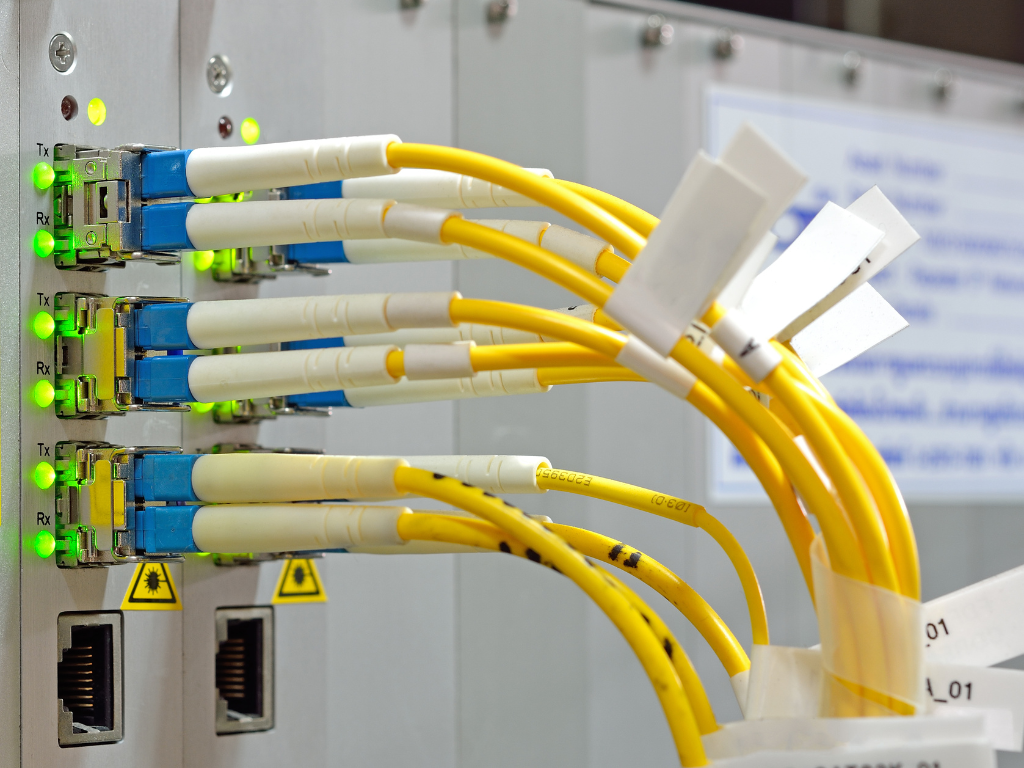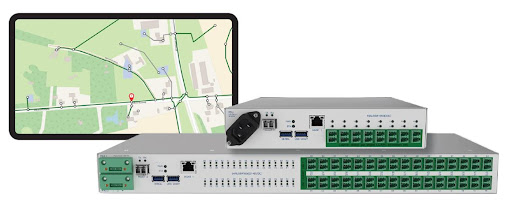
With the rapid evolution of technology, high-speed communications systems are essential for enabling telecom service providers to deliver large amounts of content around the world. The demand for faster speeds and more bandwidth is rising and optical fiber cables, which allow for the transfer of data using light signals, serve as the primary medium in these networks.
Read More
Topics:
fiber optic testing,
optical fiber

Simulating a fiber-optic network accurately in the test lab is crucial for ensuring devices meet expectations and the network performs as intended. Every field network is different, and replicating the optical fiber infrastructure is important for device manufacturers designing and making the gear and the service providers installing and maintaining these systems.
Read More
Topics:
network simulation

The use of fiber optic cables for communications dates back to the 1950s when some of the first demonstrations of the world’s earliest transmission systems occurred. Since then, continuous innovation of optical fiber has significantly improved the performance characteristics to a level that now fiber optic cables serve as the backbone for global communications systems.
Read More
Topics:
fiber optic training,
fiber monitoring

From the planet's largest machine to the latest quantum encryption, optical fibers play a key role in technology innovation as they enable phenomenally high data rates. Installed at the depths of the oceans, throughout cities, and in the most hostile environments on earth, optical fibers serve as the backbone for connecting global communications systems and delivering massive amounts of data every day.
Read More
Topics:
fiber optic testing,
network simulation,
latency

In addition to serving as an important workspace, today’s fiber optic testing labs often host visitors like potential customers or technology partners for demonstrations. As a result, the appearance of the lab is important and can influence a visitor’s perception of the company. A crowded or disorganized lab is not only challenging for engineers to use, but it can also result in a negative impression or leave questions in one’s mind: If things are this disorganized, can I trust the results I’m seeing? Are projects completely efficient? This is especially the case if a visitor was recently at a competitor’s lab that spared no expense in terms of making an effort to maintain a top-notch lab space.
Read More
Topics:
fiber optic testing,
optical fiber,
network simulation

Interested in learning more about remote fiber test systems and how they work? Intended for those seeking a better understanding of solutions for successfully maintaining fiber optic networks, this article focuses on remote fiber testing systems, which are a valuable tool for network operations teams.
Read More
Topics:
fiber optic testing,
otdr,
fiber monitoring
Fiber optic testing and training are important aspects of ensuring optical communications networks operate successfully as designed and intended. When thinking about the big picture, testing and training happen at many different levels and in a variety of instances both before, during, and after the network has been installed.
Read More
Topics:
fiber optic training









